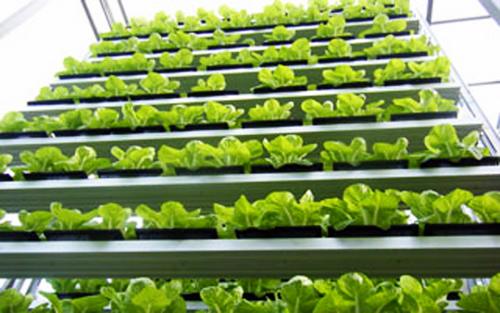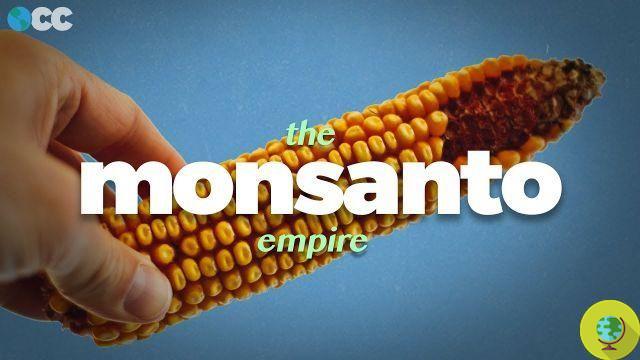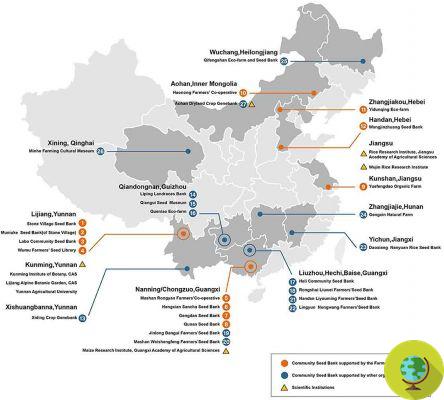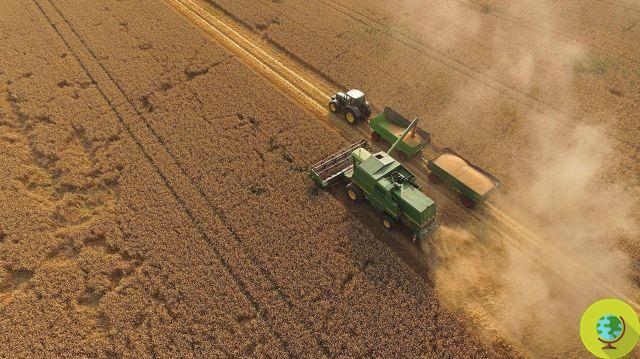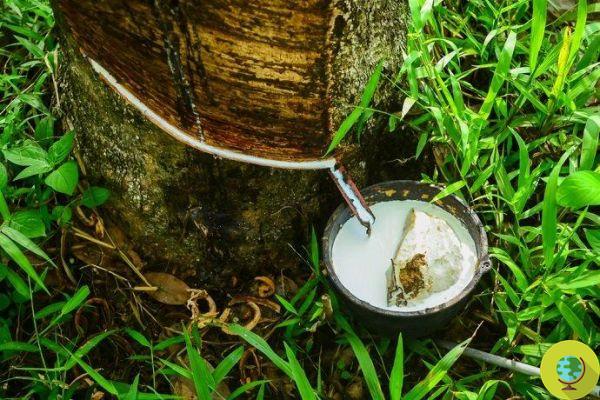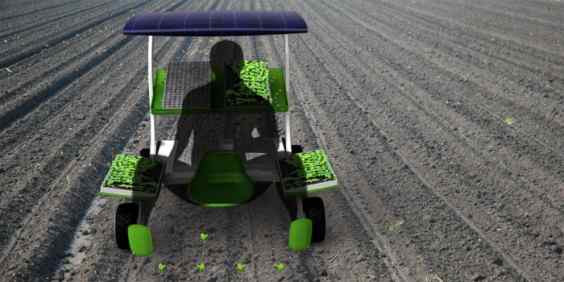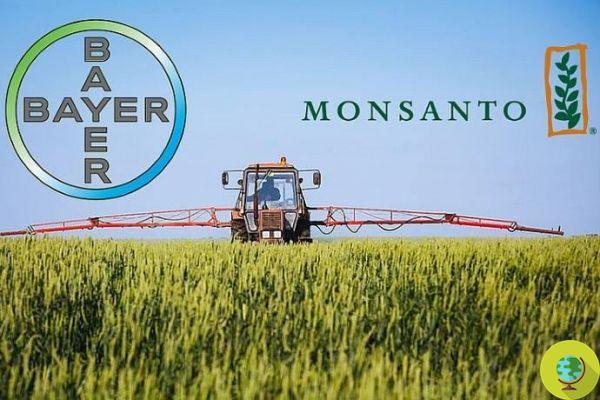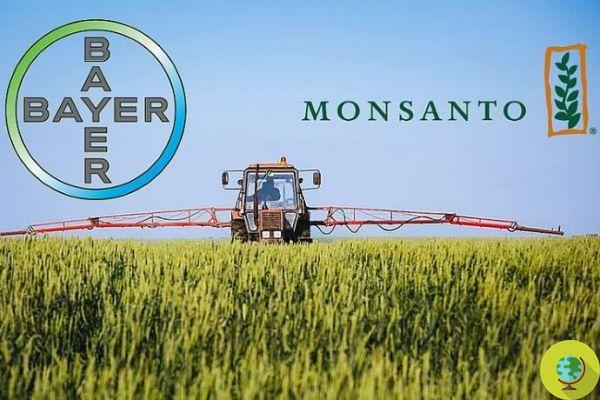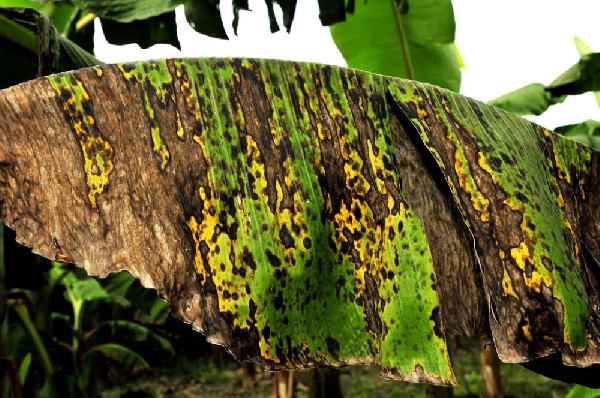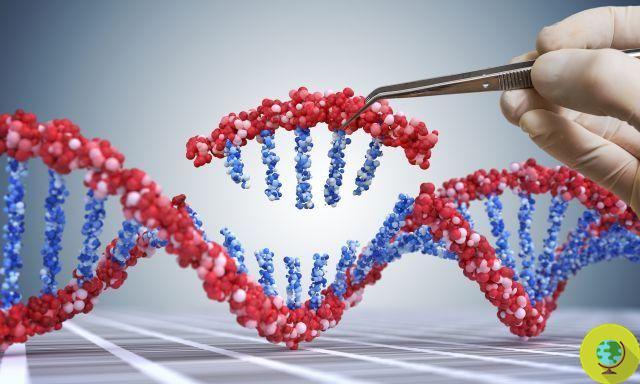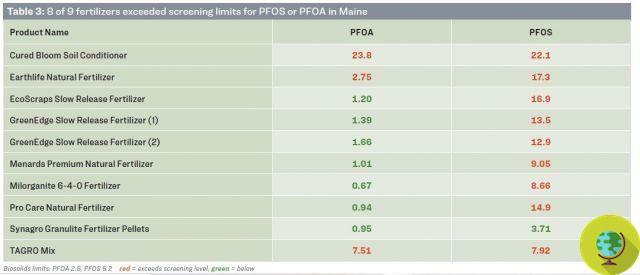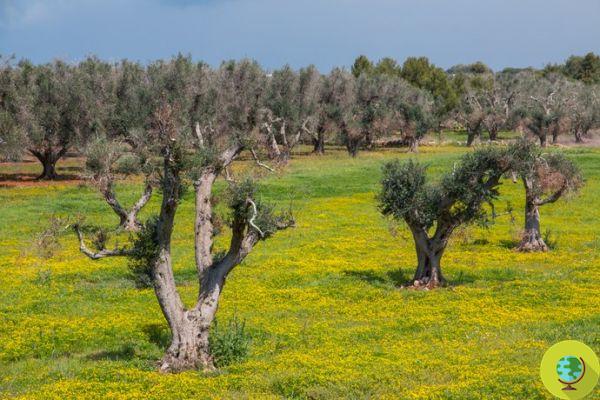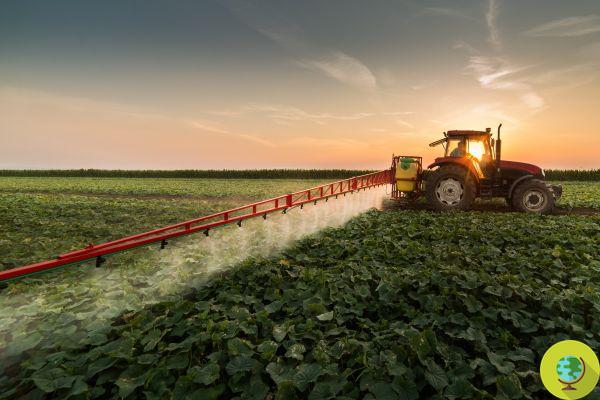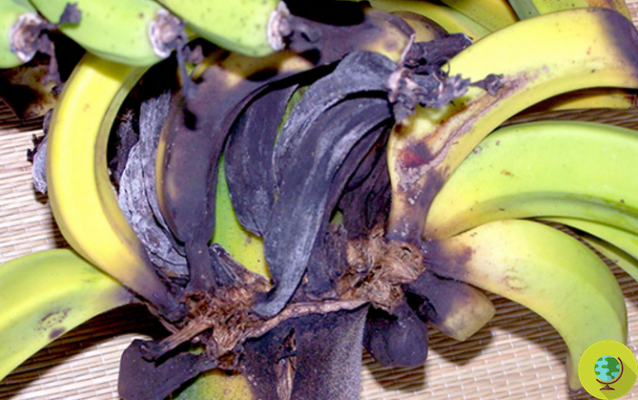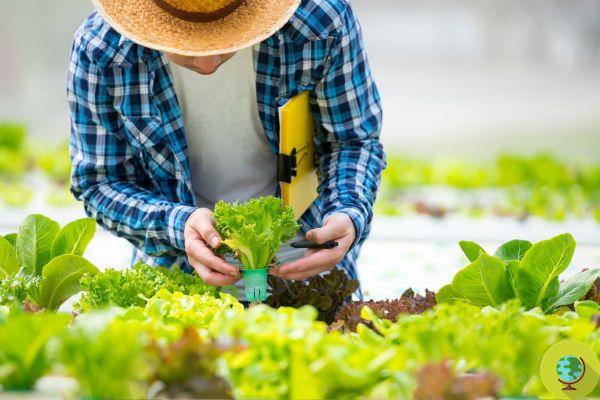
A Japanese researcher grows fruit and vegetables sustainably without the need for land and light and labor and with 90% water savings
He is about to end up run over, his mother saves himFruits and vegetables grown without land and without the need for personnel: it is the new method developed by the Japanese Yuichi Mori to deal with shortage of land and manpower.
The system patented by his company, Mebiol, is a 'evolution of hydroponics, growing cultivation technique all over the world.
Mori grows edible plants indoors at controlled temperature and light, using a polymeric film consisting of a hydrogel, a device originally used in the medical field to filter blood in dialysis treatments and which has proved useful for growing vegetables saving 90% of water.
In fact, the gel allows you to retain and store liquids and nutrients, eliminating the need to use the earth and significantly reducing the consumption of water.
Furthermore, the substrate on which plants can grow does not allow the growth of viruses and bacteria, making the use of pesticides unnecessary.
The system was designed precisely for meet the needs of the ever-increasing population: in fact, it is estimated that the inhabitants of the planet in 2050 will be 9,8 billion, against the current 7,6 billion.
La demographic growth it requires new land to be used for cultivation, but on the other hand a portion of the land still available will have to be reserved for urbanization and it is also essential to conserve the existing forests.
Companies are betting on commercial opportunities linked to growing food demand and on the machine market's potential to increase yields.
The Japanese government is funding the research to design 20 different types of robots able to work in agriculture, from sowing to harvesting crops. Little robots will not only allow you to increase yields, but they will also be a solution to the lack of manpower. In fact, young people have no interest in working in the fields and in a decade the agricultural producers in Japan have decreased from 2,2 to 1,7 million.
The use of technology and hydroponics has enabled Japan to expand fruit and vegetable production.
The productivity of the Mori cultivation method is one hundred times higher than traditional methods and could revolutionize the agricultural sector not only in Japan. The system developed by Mori would in fact allow for producing food in areas of the world where water resources are limited or where environmental degradation no longer allows the use of land for agriculture.
The system designed by Mori has already been adopted in over 150 locations within Japan and in regions across the border including the desert of the United Arab Emirates.
The method is also exploited for rebuild agricultural areas in northeastern Japan contaminated with substances from the nuclear accident in March 2011.
Read also:
- Disused factories? Make way for the hydroponic cultivation of lettuce
- Vermiponics: when hydroponic cultivation meets earthworms
- Urban gardens: in Brooklyn the green roof with the largest hydroponic greenhouse in the world
-
Tatiana Maselli





